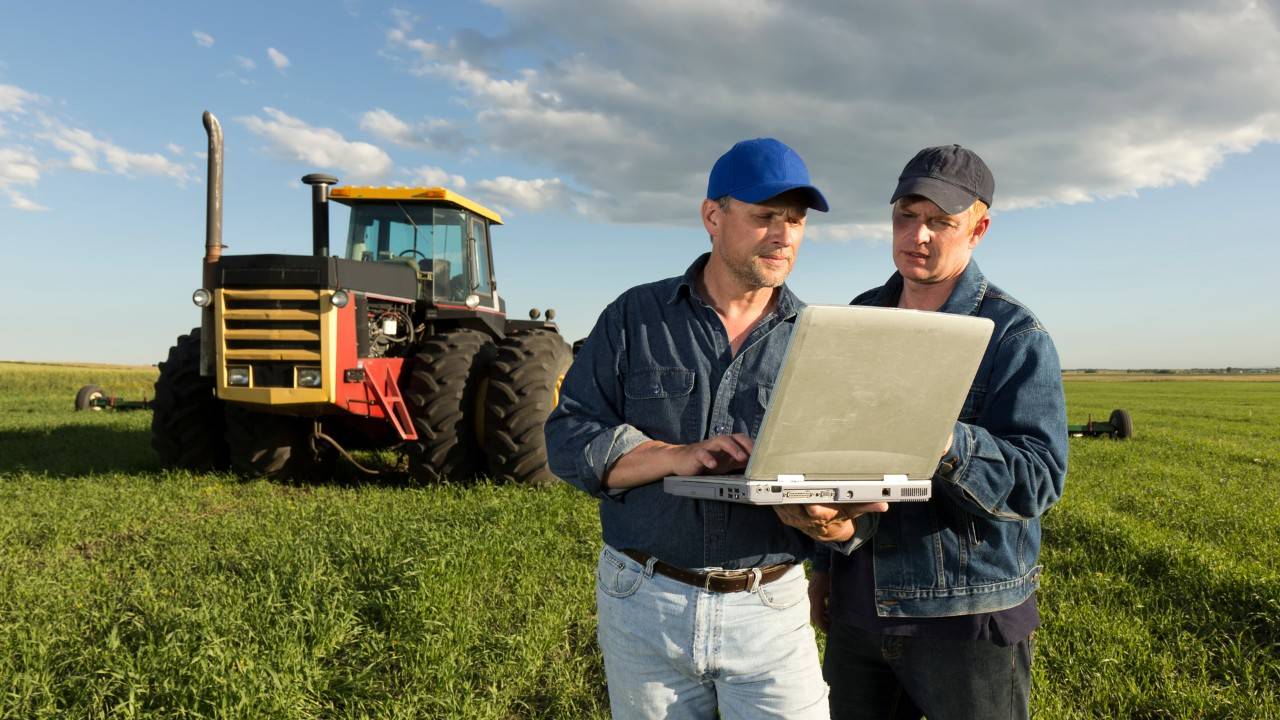Agriculture has evolved over 10,000 years, with farmers always seeking better yields and efficiency. Artificial intelligence (AI) is now poised to become their biggest innovation in decades, offering significant advantages on farms globally.
Farmers’ success hinges on accurate forecasting. For millennia, they’ve decided which crops to plant based on weather and market predictions. AI models adept at pattern recognition are enhancing these forecasts. They process more data than humans, leading to more precise predictions.
Will Kletter, VP of operations at ClimateAI, explains AI’s impact. The technology offers precise, localized climate forecasts. This assists in selecting optimal crop sites and types.
Kletter’s clients often reach similar conclusions as AI, but much slower. “We’re helping customers make faster decisions, with less waste,” he states. He believes AI leads to quicker market introductions for new crops. However, Kletter advises cautious AI applications targeting specific problems. He notes farming’s tight profit margins require practical, beneficial AI applications.
The agtech sector shows mixed results. Some AI and robotics startups, especially in indoor vertical farming, faced financial challenges recently. Kentucky’s AppHarvest is a notable example, filing for bankruptcy protection in July.
Yet, many startups remain optimistic about AI’s potential to improve productivity and environmental outcomes. Technologies combining high-precision cameras and machine learning are emerging. These systems rapidly analyze data from “computer vision,” enabling smarter farming.
Blue River Technology, now part of John Deere, developed a notable innovation. They’ve attached cameras to crop sprayers. These AI-trained cameras identify weeds, allowing targeted herbicide application.
Willy Pell, CEO of Blue River, highlights this approach’s potential. Intensive plant care yields higher outputs with lower inputs. AI makes this scalable even on large farms.
Nadav Bocher, CEO of Greeneye Technology, agrees. He anticipates regulatory incentives for adopting precision spraying technologies due to their environmental benefits.
AI’s evolution promises more sustainable farming methods. High-resolution data from cameras offer valuable insights and recommendations. This is especially crucial in developing countries, where AI’s benefits risk favoring large agribusinesses over small-scale farmers.
Michael Selvaraj, a digital agriculture scientist, developed the Tumaini smartphone app. It helps banana growers identify diseases and pests. The app also provides region-specific advice, including disease-resistant crop selection.
Selvaraj describes Tumaini as an “early warning system.” It supports policymakers in risk mapping and epidemiological studies.
David Guerena, an agricultural scientist, contributed to Tanzania’s Artemis Project. This app assists in phenotyping – breeding new crop varieties based on plant characteristics. Guerena points out the inefficiency of traditional breeding methods. “Climate change is happening so fast now that 10 years is not fast enough,” he says.
Artemis Project participants collect plant data via the app. AI models then help select genes adapted to specific locations and climates.
AI also aids in estimating soil carbon levels. Soils are crucial carbon sinks, containing 75% of land-based carbon, according to the Ecological Society of America. Common farming practices, however, can release this carbon into the atmosphere.
Martha Farella, a data scientist at Stantec, notes the challenge of quantifying soil carbon. It’s affected by climatic conditions, topography, vegetation, and soil properties. Traditional ground sampling is time-consuming and limited.
Farella suggests remote sensing combined with machine learning as a more efficient, large-scale approach. These models predict soil carbon based on known values and remote sensing data.
Ben Wark, head of Asia-Pacific at Downforce Technologies, discusses his company’s solution. They use remote sensing and machine learning to create a “digital twin” of properties. This helps landowners understand and manage carbon sequestration.
Downforce’s platform allows for monitoring soil carbon changes due to land management practices. It even enables creating carbon credits for business insetting.
Wark emphasizes the importance of data in managing soil health. Understanding past practices aids in improving soil carbon and overall health.
More inspiring green news similar to this:

